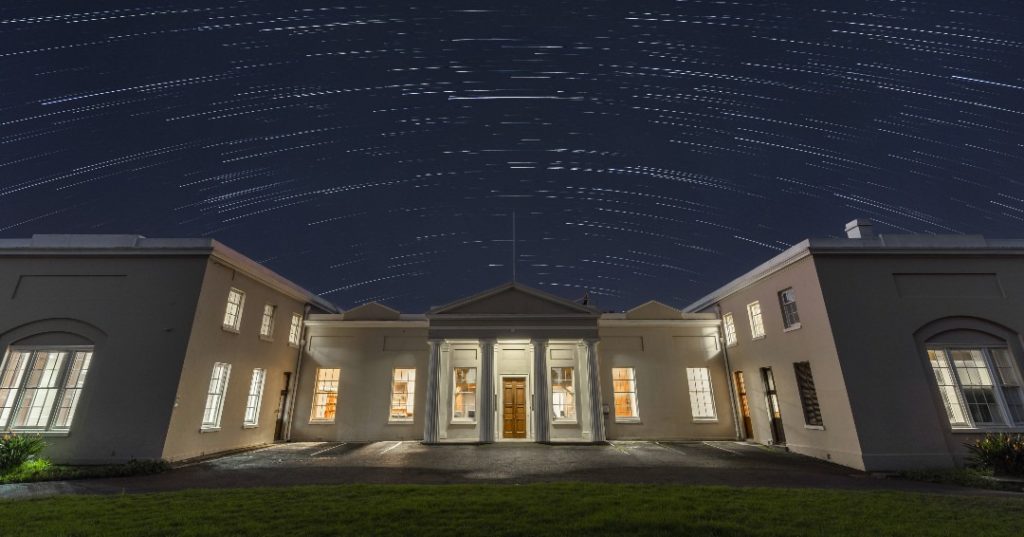The South African Astronomical Observatory (SAAO), the country’s oldest scientific site, celebrates two centuries of excellence in astronomy on Tuesday, October 20.
The Cape Town Observatory, now part of the SAAO, is 200 years old this year. As the oldest permanent observatory in the Southern Hemisphere, it has played a significant scientific role over time and was declared a national heritage site in 2018.
The Royal Observatory Cape of Good Hope was founded on October 20, 1820 and is the oldest scientific institution in the country. Formally, it was controlled by the British Admiralty and was intended for the improvement of navigation. Its main duty was to chart the southern skies and provide a time service for passing ships in Cape Town harbour.
SAAO was formed in 1972, combining the Cape Town and Johannesburg Observatories. Its main research telescopes are located a site 15 km from the small Karoo town of Sutherland in the Northern Cape. This site, 1 800 metres above sea level, hosts 24 telescopes of various sizes and forms, some owned by SAAO and some hosted for international research institutes.
SAAO, a research facility of the National Research Foundation, which is an entity of the Department of Science and Innovation, is responsible for optical and infrared astronomy in South Africa and provides local and international scientists with world-class facilities and access to our country’s exceptionally dark skies.
For much of its history, it was the major contributor to positional astronomy in the southern hemisphere. Observations made by the Cape astronomers include:
– The first measurement of the distance to a star,
– The first photographic sky survey,
– The accurate measurement of the distance to the Sun,
– Developments in stellar spectroscopy (which allow us to determine the motions, temperatures and chemical compositions of the stars),
– The determination of the shape of the Earth in the southern hemisphere and
– The first accurate geodetic surveys of southern Africa.
The Cape Town site is not only of scientific significance but international cultural significance too. For instance, the McClean Building, which houses the McClean Telescope erected in 1896, was designed by the renowned architect Herbert Baker. The observatory also has many artefacts of historical significance, such a speculum mirror and six chronometers manufactured in the 1800s.
Today, the SAAO, a National Facility of the National Research Foundation, is a vibrant modern astrophysical institute undertaking research to understand fundamental questions about the Universe. These include tracking the flow of natural elements from stars in galaxies to eventually enabling life, the prevalence of planets around other stars, small bodies in our solar system, and high energy cosmic events.
The Cape Town site hosts state-of-the-art workshops for technological development, while SAAO operates the largest optical telescope in the southern hemisphere, the Southern African Large Telescope (SALT) at Sutherland, along with two dozen smaller telescopes.
Also read: Sir Thomas Maclear’s beacon: A history
Picture: Facebook / South African Astronomical Observatory






